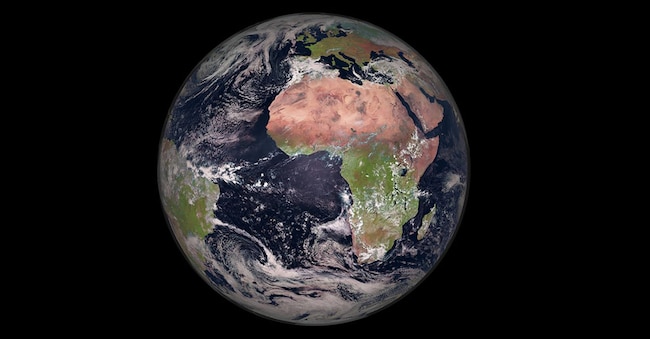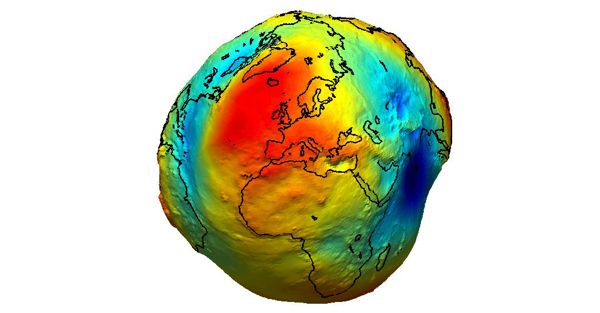Earth's Rotation Accelerates, Shortest Days Ever Coming. Here's Why


Soon we could have the shortest days ever, the forecasts indicate the next 9th or 22nd of July or even 5th of August. This is what the authoritative IERS, International Earth Rotation and Reference System Service, the international organization that since 1987 has had the task of monitoring the Earth's rotation, says.
In fact, as our measuring instruments become more precise and sophisticated, what once seemed peacefully the same, such as the length of a solar day, 86,400 seconds, creates non-trivial problems for us.
These are no longer the times when we got up at dawn, went to work in the fields until sunset and then returned home, today life is frenetically very different and we are able to appreciate, with our instruments, differences in time that are infinitesimal for us. In the three days that we have just mentioned, in fact, the day will be shorter than the canonical 86,400 seconds by about 1.5 milliseconds, thousandths of a second, a time that we cannot even imagine.
We might easily think we were being fooled, if it were not for the fact that our present civilization, which uses GPS signals for a number of important functions, from finding the restaurant we want with the map program, to giving the precise position of an airplane or ship, uses times that are spasmodically ever smaller and must be precise. Let us think for example of the quantity of orders to buy or sell shares, which run on the optical fibers that arrive at the world's stock exchanges, and are all stamped with a time stamp that indicates the exact moment in which the value of the transaction must be calculated.
In short, but why does this small but important shift from the average happen, we can ask ourselves. The fact is that the Earth rotates around its own imaginary axis of rotation that makes it a bit of all colors: it describes a cone in thousands of years, it oscillates even on the small scale and, since 2016, we have also noticed thanks to atomic clocks that the planet is accelerating its rotation.
The reasons for this phenomenon are complex and not entirely clear: in the case we are reporting, the position of the Moon with respect to the Earth, far from our equatorial plane, certainly plays a role. But that is certainly not all.
In fact, we think that the Earth, as we were taught in elementary school, is a sphere, like the globe we have at home or had in class. This is not the case, in fact the closest figure to the shape of the Earth is that of a flattened spheroid, and then there is the important question of the distribution of mass which is not homogeneous: at least 70 percent of the surface is water and in any case the gravity measurements carried out by a little-known but exceptional European satellite, Goce, show us an Earth with a very bumpy surface, rather distant from the ideal spheroid we have just introduced.

The true shape of the Earth if we take into account the distribution of mass (GOCE/ESA)
Even the distribution of mass and oceans has its share of responsibility, not only the Moon, and recent studies have introduced hypotheses that were unthinkable until recently, such as the melting of glaciers, which would modify the distribution of mass on our planet.
The physical law that explains the phenomenon is that of the conservation of the Earth's momentum.
When masses move on Earth, the angular velocity, with which it rotates, can vary. If this explanation seems a bit difficult, to make it simple, let's think of a skater who rotates more or less quickly depending on whether he opens his arms or not: when he opens them, modifying the distribution of his mass, the speed with which he rotates decreases. For example, the same thing seems to happen with the melting of the poles.
Currently, we rely on the time marked by atomic clocks, which have a measurement precision of 1 second every couple of billion years, to get an idea, but astronomical time remains important and this phenomenon of irregularity is remedied by introducing a "leap second", an intercalary second, which brings the two times, atomic and terrestrial, back into alignment. On June 30 or December 31, a minute of 61 seconds is counted, and everything is back in order, the last time was in 2016.
The solution, however, is less and less popular and the strong proposal is to leave out astronomical time and rely only on atomic time, but the idea finds many opponents for essentially historical reasons.
News and insights on political, economic and financial events.
Sign upilsole24ore





